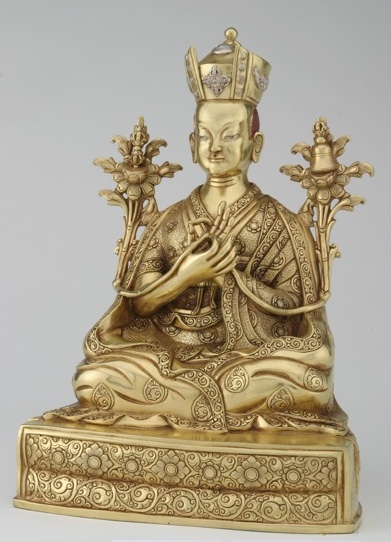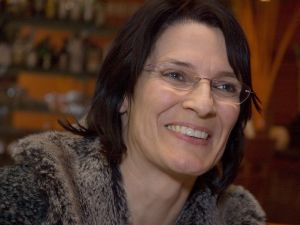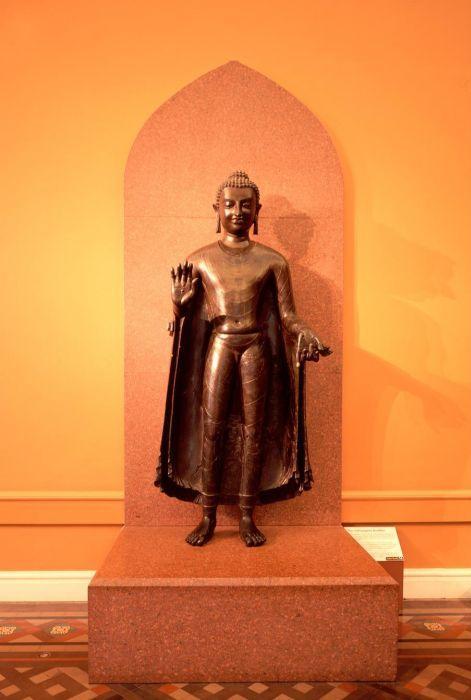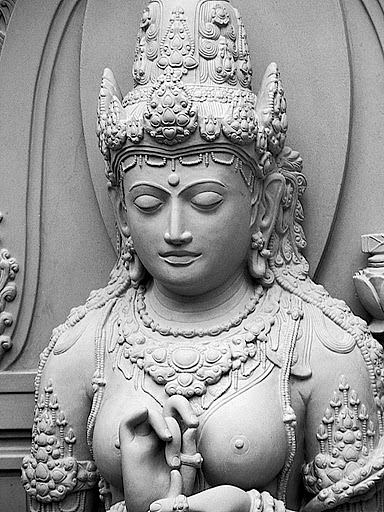Inspired by Manfred Seegers’ fascinating weekend course on 5-6 June 2010 (as part of the Space for Mind event held by our London Buddhist Centre), this entry is dedicated to the famous treatise on differentiation between consciousness and wisdom (Tib. namshe yeshe) by the Third Karmapa Rangjung Dorje (1284-1339). This text is very important to Karma Kagyu Diamond Way practitioners as studying it can help to support one’s meditation practice and the development of the pure view.
Discriminating between Consciousness and Awareness – by the Third Karmapa Rangjung Dorje
June 7th, 2010Buddhist Refuge – by Karola Schneider
June 5th, 2010This famous article is by Karola Schneider, a close student of Lama Ole Nydahl who has been invited to the UK on numerous occasions to teach in our Diamond Way Buddhist centres. It was published in the magazine Buddhism Today in 1998 and is also held on the fantastic Kagyu Asia website.
I Grow EC! movie
June 1st, 2010This is a short, energetic overview of ten years of of dreaming, planning, searching for and finally the founding of the Europe Center (EC). The movie was prepared as an inspiration for the launch of the I Grow EC! project that gathers friends from around the world who want to support the running and ongoing development of this great international project of Diamond Way Buddhism. Enjoy!
Saga Dawa Düchen – Green Tara mantras for the New London Buddhist Centre
May 27th, 2010Today is “Saga Dawa Düchen”, the full moon day in May on which the birth, enlightenment and passing into Parinirvana of the Buddha is celebrated in Tibetan Buddhism.
“Saga Dawa” is the entire fourth lunar month of the Tibetan calendar, which usually begins in May and ends in June. The seventh day of Saga Dawa is the date of the historical Buddha’s birth. However, the Buddha’s birth, enlightenment and entry into Parinirvana at his death are observed together on the 15th day of Saga Dawa, called Saga Dawa Düchen. This is the single most important holiday in the Tibetan Buddhist tradition. Read the rest of this entry »
Prajñāparamitā – the nature of mind is clear light
May 26th, 2010Lama Gendun Rinpoche’s advice on Prostrations
May 24th, 2010Lama Gendun Rinpoche (1918-1997) was the meditation master and the spiritual leader of the Four Dhagpos. He spent over thirty years of his life in solitary retreat in Tibet and India. Lama Gendun Rinpoche was one of the last great masters of the old generation of Tibetan Lamas. Everything he taught, had been experienced first hand during his numerous retreats in caves in the Himalayas and in India. He represented the quintessence of the fully realized yogi and the perfectly pure monk. It is said that he practiced prostrations every day of his life, even in his 70s.
Prostrations are done in connection with the first of the Four Foundational Practices (Tib. Ngondro): “Taking Refuge and Developing the Enlightened Attitude.” We hope that these teachings are inspiring for those who are doing this practice. Please note that the information here is not a substitute for the full oral explanations on the practice, which can be received from experienced friends in your nearest Karma Kagyu Diamond Way Buddhist Centre. Read the rest of this entry »
Padmasambhava on Cause and Effect
May 21st, 2010
Although my view is higher than the sky,
My respect for the cause and effect of actions is as fine as grains of flour.
– Padmasambhava “Guru Rinpoche”





